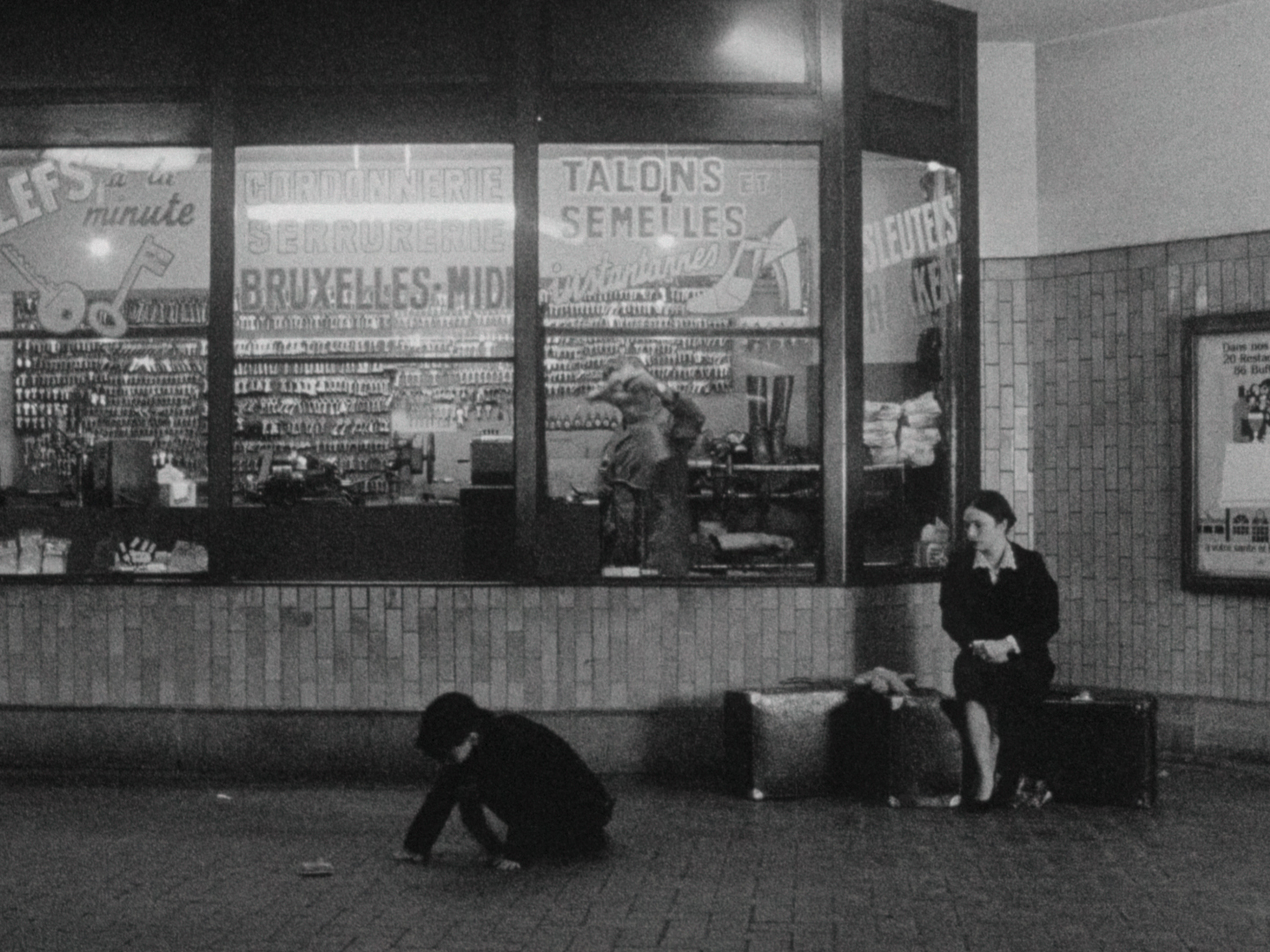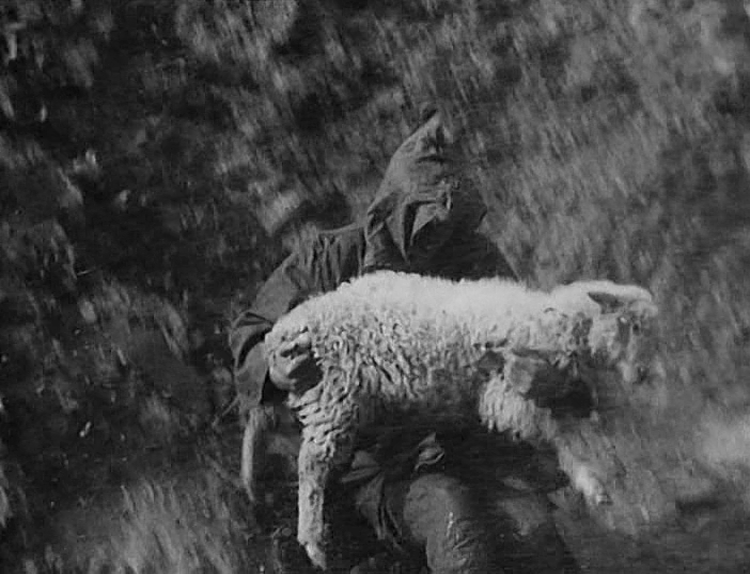Bruxelles-transit (Samy Szlingerbaum, 1980)
For the seventh Seuls film night, Sabzian will show Bruxelles-transit (1980), the only full-length film by the Belgian screenwriter, actor and filmmaker Samy Szlingerbaum (1950-1986). The film tells the story of his parents’ arrival in Belgium in 1947. They were Polish Jews who had spent ten days travelling across Europe by train. Samy was born two years later. The film, spoken in Yiddish, is his mother’s story of their journey and narrates the attempts of the family to build a home, the struggle to find illicit work and their efforts to integrate into the country of their exile, without papers or any knowledge of the language. Szlingerbaum began his career as a filmmaker by co-directing the 1973 film Le 15/8 with Chantal Akerman. He shot two short films of his own, followed by Bruxelles-transit. The film will be made available for free on 3 December on Avila. The film will be introduced by Lennart Soberon of KASKCinema and Nina de Vroome of Sabzian. You will be able to watch Bruxelles-transit for free via a link and a code that will be shared on the evening. The film will remain available to rent on Avila afterwards. You can find more information on the event page.
Vremena goda [The Seasons of the Year] (Artavazd Peleshian, 1975)
The Russian filmmaker Sergei Eisenstein actualized the idea that a shot colliding with another shot through montage gives birth to a thought. Elaborating on this dialectical practice, the Armenian Artavazd Peleshian developed a particular understanding of the editing process of a “montage junction”. For him, the editing is not about joining shots, but to disjoin them in what he calls “montage-at-a-distance”: “When joining two key shots which carry an important semantic charge – we shall henceforth call them bearing shots – I strive not to bring them closer, not to make them collide, but to create a distance between them.” The Seasons of the Year is a symphonic evocation of the life of Armenian farmers, in which the movement of bodies and shots meet in a choreography of forceful ardour. VRT NU is offering this film for free.
The Brilliant Biograph: Earliest Moving Images of Europe (1897 – 1902) (Various filmmakers) (2020)
The Brilliant Biograph: Earliest Moving Images of Europe (1897-1902) is a marvellous compilation of recordings from the collection of the Mutoscope and Biograph Company, one of the first film companies. These films are all photographed with the unique large-format 68mm Mutograph camera, which provided extraordinarily high-resolution images. These one-minute time capsules from 120 years ago still convey some of the richest and sharpest images that film can achieve. These images from the early period of cinema evoke also the first films by the Lumière brothers: quotidian scenes, little “documentaries”, almost designed as scientific observations. These first films from around the turn of the century were all received with astonishment and surprise. About a 125 years ago, the first film screening in the world took place in Lyon. It was an exceptional event that made a strong impression on the organizer Mr. Clément Maurice: “My most typical memory is the face of the passer-by stopping in front of the entrance, wondering what Cinématographe Lumière could mean. Those who decided to enter came out a little bewildered; one could soon see them coming back, bringing with them all the people of acquaintance they had met on the boulevard. In the afternoon, the public formed a queue that often extended as far as the rue Caumartin.” Read the text ‘The First Screenings’ by Georges-Michel Coissac here on Sabzian. The Dutch Eye Filmmuseum offers 52 minutes of the very first moving images, filmed around the world by the Mutoscope and Biograph Company. You can see these unique images of everyday life in Europe in the 1900s for free.



